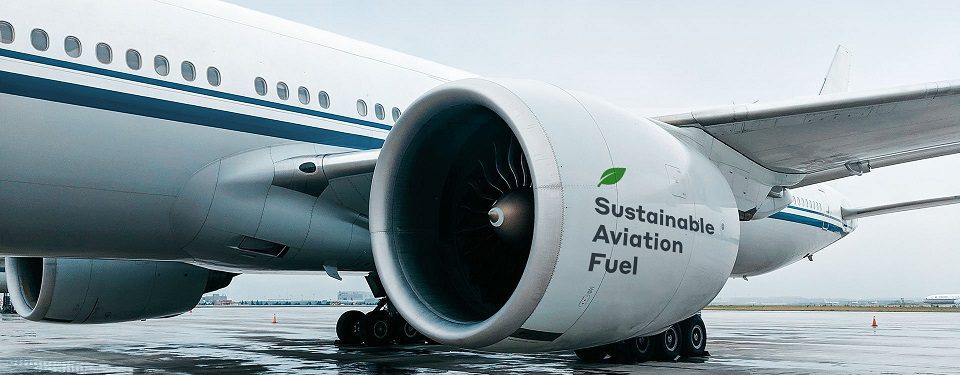In the quest for a more sustainable future, the aviation industry is undergoing a significant transformation. One of the key innovations driving this change is Sustainable Aviation Fuel (SAF). SAF is more than just an alternative to traditional aviation fuels; it represents a greener, more environmentally friendly way to power the planes of the future. In this article, we’ll delve into the world of SAF, exploring what it is, why it matters, and how it’s shaping the aviation industry for the better.
Understanding Sustainable Aviation Fuel (SAF)
Sustainable Aviation Fuel, often referred to as biojet fuel, is a type of aviation fuel derived from renewable resources. Unlike conventional jet fuel, which is primarily derived from fossil fuels, SAF is produced from feedstocks like agricultural residues, waste oils, algae, and even municipal solid waste. These feedstocks are processed through various methods such as hydroprocessing and Fischer-Tropsch synthesis to create a fuel that can power aircraft.
Why SAF Matters
The aviation industry has a significant impact on our environment due to carbon emissions. SAF plays a crucial role in mitigating this impact, and here’s why it matters:
- Reduced Carbon Emissions: SAF significantly reduces carbon emissions compared to traditional jet fuels. It has the potential to lower greenhouse gas emissions by up to 80%, making it a vital component of the aviation industry’s efforts to combat climate change.
- Improved Air Quality: SAF produces fewer particulate emissions, resulting in improved air quality around airports and in the upper atmosphere. This is particularly important for densely populated areas and regions affected by air pollution.
- Sustainable Resource Use: SAF utilizes renewable resources, reducing the industry’s reliance on fossil fuels. This not only reduces carbon emissions but also promotes resource sustainability.
- Economic Benefits: The production of SAF creates economic opportunities, especially in rural areas where feedstock sources are abundant. It can stimulate job growth and support local economies.
- Regulatory Support: Many governments and international organizations are supporting the adoption of SAF by providing incentives, tax breaks, and mandates to encourage its use.
The Challenges and Progress
While SAF offers immense promise, there are challenges to its widespread adoption. These challenges include feedstock availability, scalability, and the need for infrastructure upgrades. However, significant progress has been made:
- Increased Production: The production of SAF has increased steadily in recent years. Various companies and airlines have made commitments to use SAF, encouraging its production.
- Research and Development: Ongoing research is focused on improving feedstock availability and finding more efficient production processes. Technological advancements are driving down costs and increasing sustainability.
- Regulatory Support: Government mandates and incentives are encouraging airlines to invest in SAF. Regulations requiring a certain percentage of SAF in aviation fuel are being considered and implemented in various regions.
The Future of Sustainable Aviation Fuel
As the aviation industry continues its efforts to reduce its carbon footprint, the future of Sustainable Aviation Fuel appears promising. Industry stakeholders are collaborating to make SAF more accessible and affordable, and innovations are driving progress. While SAF is currently more expensive than conventional jet fuel, increased production and economies of scale are expected to lower costs in the coming years.
In conclusion, Sustainable Aviation Fuel is a game-changer for the aviation industry and environmental sustainability. It represents a greener, more responsible way to fuel our flights and reduce the industry’s environmental impact. With ongoing investments, technological advancements, and regulatory support, SAF is set to play a central role in the future of aviation, paving the way for greener skies and a more sustainable tomorrow.


















